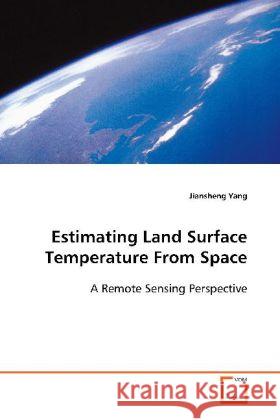Estimating Land Surface Temperature From Space : A Remote Sensing Perspective » książka
Estimating Land Surface Temperature From Space : A Remote Sensing Perspective
ISBN-13: 9783639103656 / Angielski / Miękka / 2009 / 148 str.
This study addresses the fundamental science questionof modeling land surface temperature (LST) bycombining the field experiment, spatialinterpolation, and satellite thermal infrared remotesensing. Landsat thermal data were applied to derivesurface emissivity and brightness temperature.Field-observed temperatures were used to developalgorithms for predicting air temperature profiles ina forest canopy. The accuracy of LST estimates forthe study site was significantly improved bycalibration using satellite-derived surfaceemissivity. The results showed that split-windowmethod can be used to estimate LST using brightnesstemperatures derived from Landsat thermal data.Twenty-four polynomial models were developed usingfield observations to simulate and predict the airtemperature profiles in a forest canopy at any hourduring a summer day. This study demonstrated that thecombination of satellite thermal remote sensing,spatial interpolation, and field empirical models iscapable of obtaining accurate LST from Landsat dataand predicting air temperature profiles in forest canopy.











